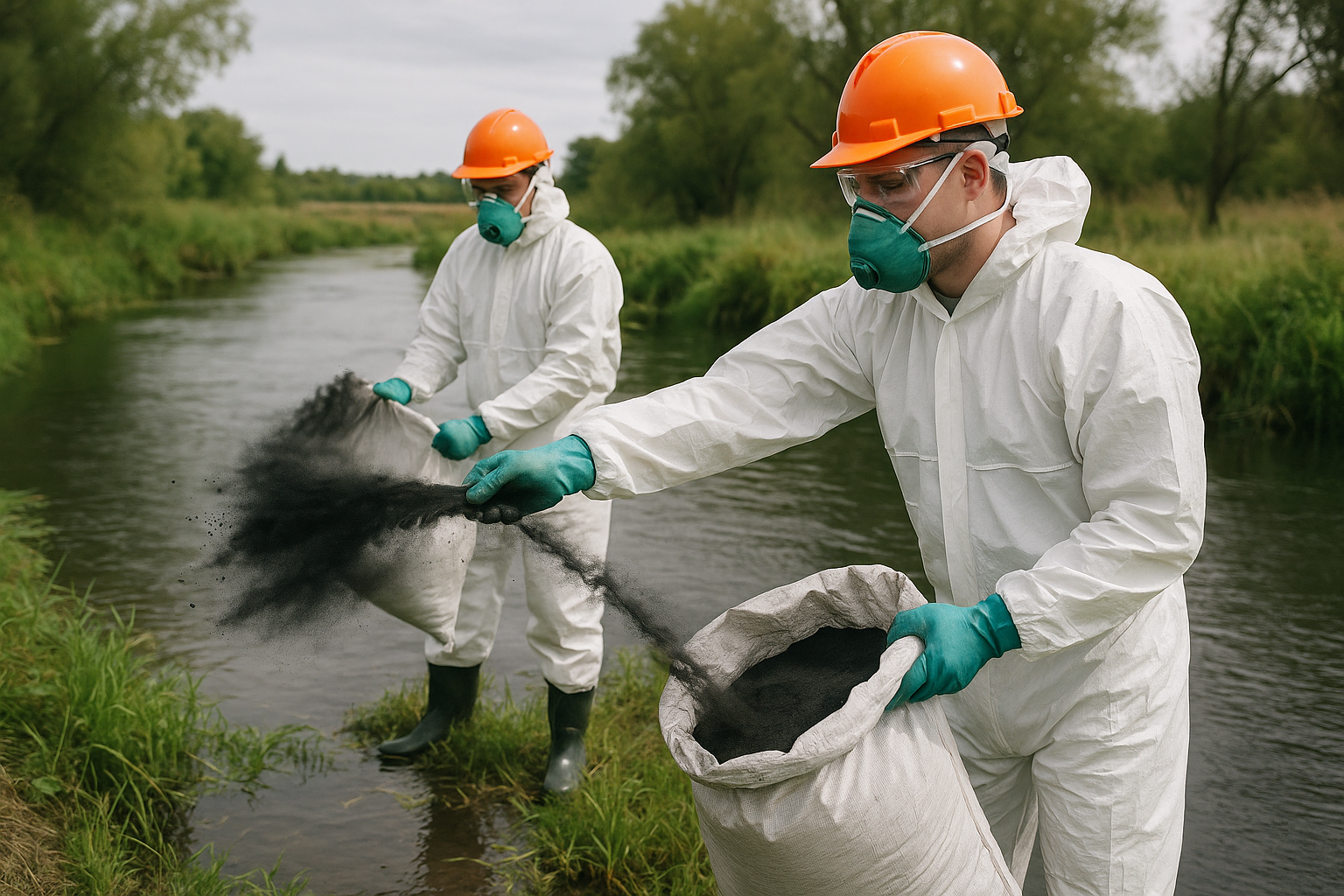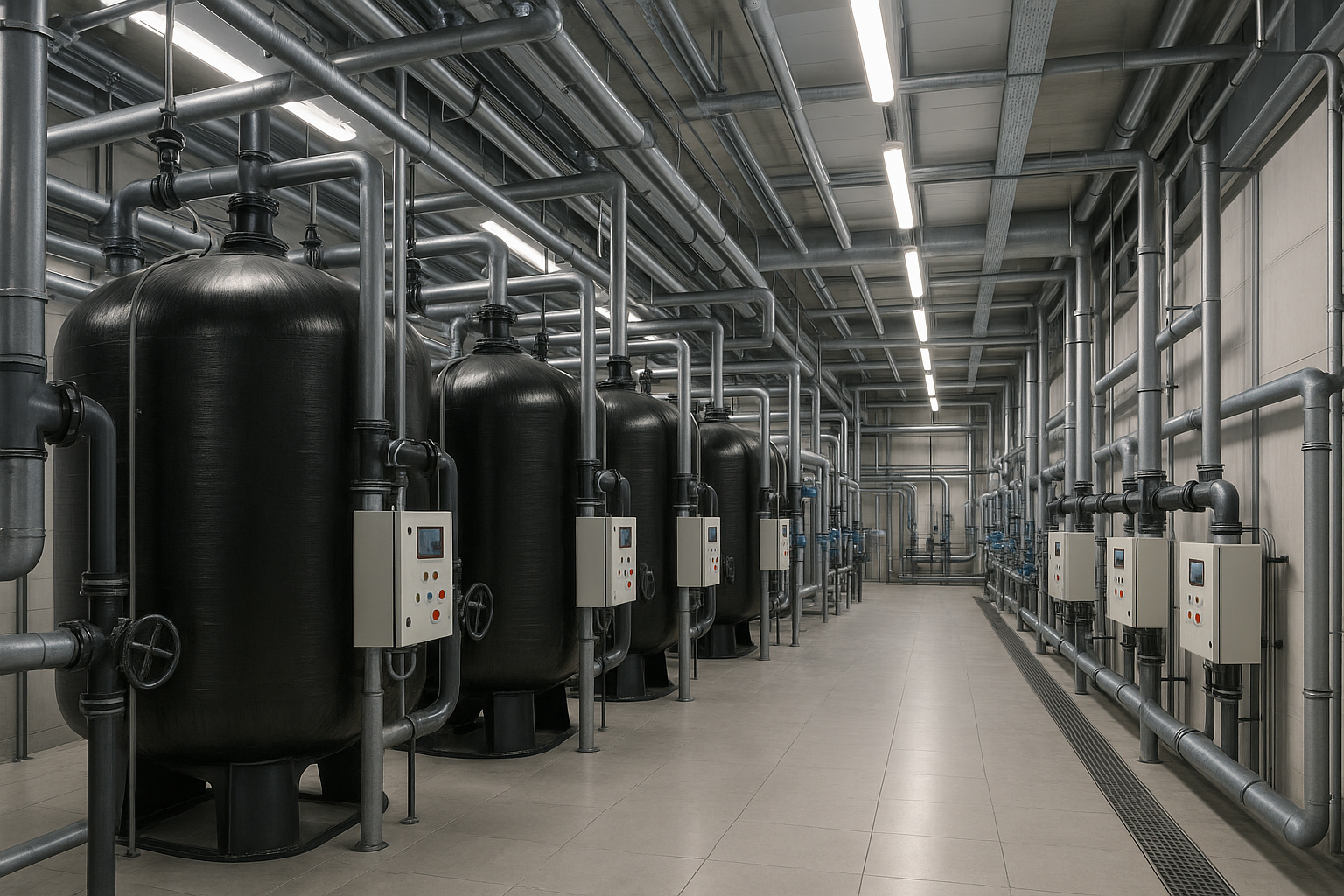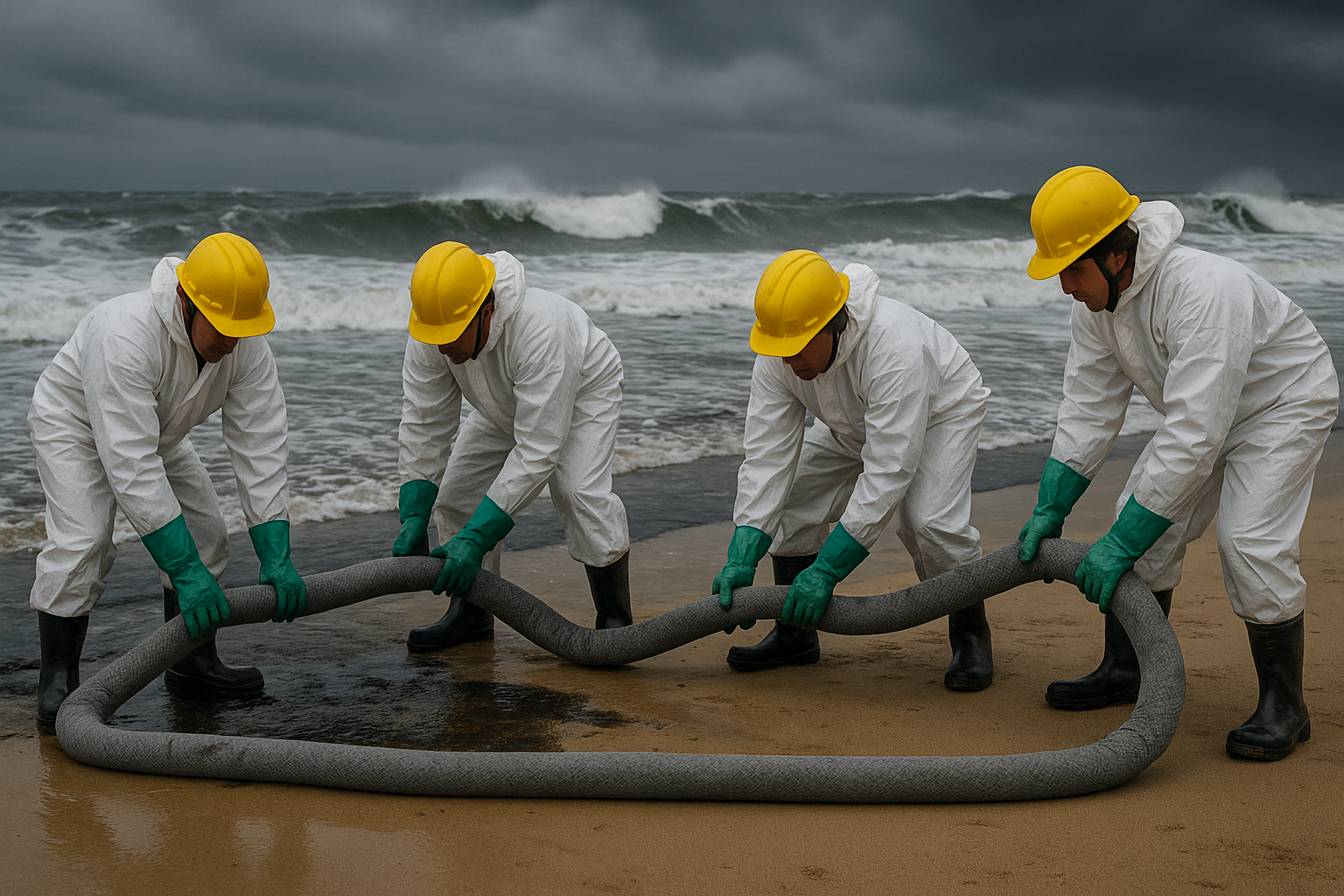Lakes, rivers, wetlands, groundwater, and coastal waters are important for people and nature. But they are getting dirtier. This is due to factors such as factories, farming, urbanisation, and climate change. Now, water has more pollution, including harmful chemicals, drugs, pesticides, tiny plastics, and PFAS (a type of toxic chemical).
Activated carbon is an effective method for purifying water. People often use it at home, but it also helps clean big water systems. It protects nature and public health.
Activated carbon (also known as activated charcoal) is made from materials such as wood, coal, or coconut shells. It is burned in a special way to make many tiny holes.
These holes provide a large surface area, allowing it to grab and hold various types of pollution. This process is called adsorption. It occurs on the surface of the carbon, not within it.
Activated carbon works by adsorbing pollutants onto its surface. It removes:
These items are difficult to remove with standard filters.
Some activated carbon can help change harmful chemicals into safer ones. For example, it can reduce chlorine and chloramine. It can also lower some dangerous chemicals, but not all.

Pictures are for reference only
Activated carbon is used in:
Depending on the job, people use granular activated carbon (GAC) or powdered activated carbon (PAC).

Pictures are for reference only
In polluted rivers or lakes, people put PAC on the bottom. It traps chemicals like PCBs and PAHs, so fish and plants are protected from harm.
Dirty water underground can be cleaned using carbon. The water is pumped out, cleaned with carbon, and put back safely.
After basic cleaning, activated carbon is used to capture the remaining drugs, personal care products, and chemicals.
Carbon is used in booms, pads, and filters—these stop oil and chemicals from spreading in water.

Pictures are for reference only
Activated carbon helps:
Yes. It can be made from coconut shells or wood. Used carbon can be heated and used again. This saves money and reduces waste.
But heating carbon needs energy. Additionally, used carbon must be disposed of properly. If not, pollution can return.
Therefore, it is often used in conjunction with other tools, such as UV, reverse osmosis (RO), or specialised membranes.
New problems, such as PFAS, microplastics, and drug residues, are making carbon filters increasingly important. New types of carbon, such as nano- or magnetic-based ones, may clean more effectively.
In dry areas, where people reuse water, carbon will be crucial in maintaining its safety and cleanliness.
Activated carbon is simple but strong. It removes many impurities from water, is cost-effective, and integrates with other systems.
But it can’t solve everything alone. To maintain clean water, we need various tools, practical plans, and prevention measures. When used and appropriately activated, activated carbon helps protect our clean water for the future.

Ningxia Yongruida Carbon Co,.Ltd was founded in
2003.With an area of over 50000 square meters ,our
factory is located in the city of Shizuishan Ningxia .